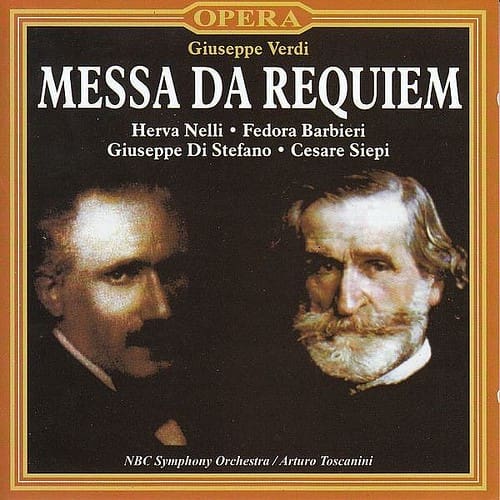An ancient motif hidden in prisons,
Like a frozen, pale chill,
At times, alive, flickering in the sun.
Do you remember the drops from the ice
That seemed to come off like birds,
Tiny ivory gulls,
That were taking flight for the first time?
And that music, scratchy as a feather,
That eternal nonsense,
Immensely vacuous, hungry,
That swallowed every sliver of memory,
While you laughed in the silence and I,
Like a mad translator,
Was looking for the mysterious metric
That he would open my ears
To the uncertain song of crickets?
Even today, I struggle,
Poisoned by proclamations, laws,
from the sense that staggers
And is held upright with ropes,
While the universe laughs heartily,
And other motives seek the sour shards,
Of useless greed
Of incomprehensible humanity.
The first wailing,
eternally long,
Is finally lost in the requiem,
And into the night, it slips like smoke,
to powder faces
Of new, distant stars.
Deposited for legal protection with Patamu: certificate
Historical-musical Considerations about the Requiem
The requiem is a musical composition that is significant in church-type classical music. Derived from the Latin word “requiem,” meaning “rest,” it is a solemn piece often performed in memory of the deceased, generally during the funeral celebration. Requiems are typically composed for orchestras, choirs, and soloists and incorporate powerful melodies and harmonies that evoke emotions of mourning and reflection.
One of the most influential requiems in the history of classical music is Wolfgang Amadeus Mozart’s Requiem in D minor. Commissioned anonymously, this masterpiece remained unfinished at the time of Mozart’s death. Nevertheless, what Mozart managed to compose has become an iconic representation of the requiem genre. With its haunting melodies and dramatic choral sections, Mozart’s Requiem continues to captivate audiences worldwide.
Another notable example is Gabriel Fauré‘s Requiem, known for its delicate and ethereal nature. Moving away from the grandiosity often associated with requiems, Fauré’s composition embraces a more intimate and serene tone. Its soothing melodies and serene harmonies create a sense of comfort and solace, offering a unique perspective on the requiem genre.

Giuseppe Verdi‘s Requiem Mass is another influential piece in this genre. With its operatic style and dramatic intensity, Verdi’s Requiem is a powerful and emotionally charged composition. From the thunderous opening motif to the touching solos and stirring choral parts, Verdi’s Requiem Mass leaves a lasting impression on listeners, showing the versatility and depth of the sacred genre.
In addition to these examples, numerous other composers have contributed notable requiems to the classical music repertoire. From Johannes Brahms’ German Requiem to Maurice Duruflé‘s Requiem, each composition offers a unique interpretation of this timeless genre. Whether they take a traditional approach or experiment with innovative musical techniques, the requiems continue to resonate deeply with audiences, providing a moving and cathartic experience.
If you like this poem, you can always donate to support my activity! One coffee is enough!


